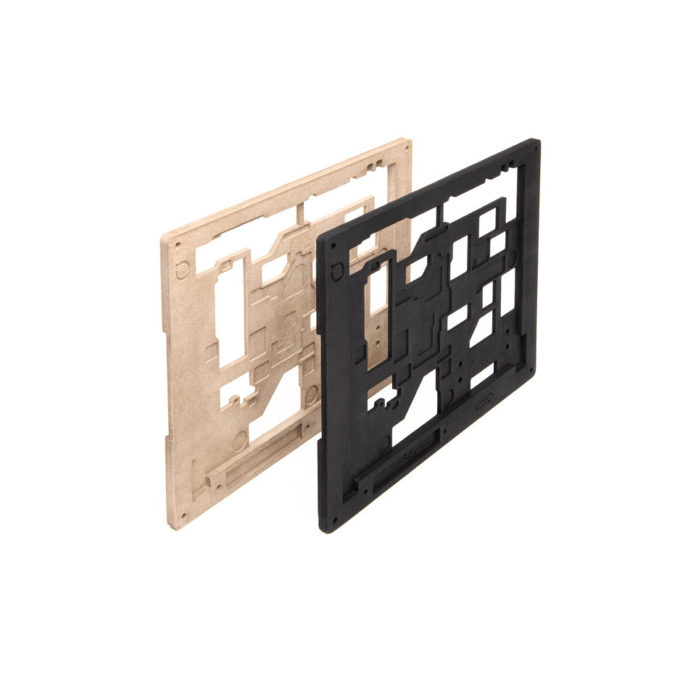Impossible Objects and Owens Corning have signed a joint development agreement to develop new materials for Impossible Objects’ composite-based additive manufacturing (CBAM) process. The agreement follows the recent collaboration announcement that will consist for Ricoh to provide European customers with CBAM.
Owens Corning is an American company that develops and produces insulation, roofing, fiberglass composites and composite materials for the industry. There is little communication about what the company develops with AM but we know it is a user of Desktop Metal’s metal 3D printing Studio system, it took part in some printing projects like the 3D printed fiberglass boat, and it has signed partnerships with other 3D printing companies like M. Holland.
The collaboration between Impossible Objects and Owens Cowing aims to produce stronger parts at costs lower than other 3D printing processes.
According to Impossible Objects, fiberglass composites boast key advantages for 3D printed parts, including substantially greater strength-to-weight ratios compared to aluminum, lower costs, superior high-temperature performance and greater chemical resistance. Lowering material cost is important for broadening adoption of additive manufacturing; research has shown that costs of materials used in 3D printing can be higher than traditional manufacturing materials by up to a factor of eight on a per-weight basis.
“Owens Corning is committed to the development of composite materials and their applications,” said Dr. Chris Skinner, Vice President of Strategic Marketing, Composites, Owens Corning. “We seek to be at the forefront of new processing and new applications involving Composites. We have found the Impossible Objects technology and know-how potentially transformative for the conversion of some applications to composites. Because we believe it can be successful and deliver value to the market and our customers, we’ve entered into a joint agreement to support the development further.”
Impossible Objects’ proprietary CBAM technology is said to be able to deliver parts up to ten times faster than conventional fused deposition modeling (FDM) 3D printing. By combining high-performance polymers like Nylon and PEEK with carbon fiber and fiberglass nonwoven materials, parts printed with Impossible Objects machines are stronger, lighter, have better dimensional accuracy and have better temperature performance than what’s possible with conventional 3D printing methods. The CBAM process can use a great variety of materials including carbon fiber and fiberglass paired with PEEK, PA 6, PA 12, elastomerics and most other thermoplastics.
“Our CBAM process is a revolution in 3D printing, with faster speeds, better material properties and wider material selection,” said Robert Swartz, chairman and founder of Impossible Objects. “This collaboration with Owens Corning will allow us to quickly experiment with and refine new materials to significantly lower cost and bring unprecedented options for additive manufacturing.”
Remember, you can post free of charge job opportunities in the AM Industry on 3D ADEPT Media or look for a job via our job board. Make sure to follow us on our social networks and subscribe to our weekly newsletter : Facebook, Twitter, LinkedIn & Instagram ! If you want to be featured in the next issue of our digital magazine or if you hear a story that needs to be heard, make sure to send it to contact@3dadept.com






